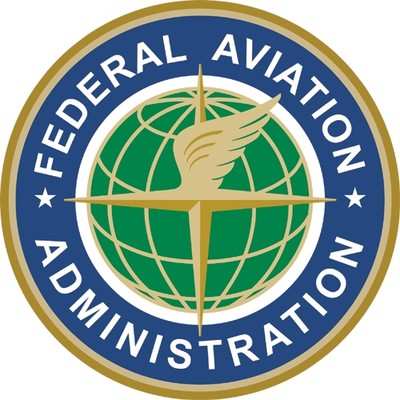Underscores Need For Funding, Flexibility And NextGen, Agency Says
After reviewing contingency plans and security protocols in the wake of a fire at the Chicago Air Route Traffic Control Center, the FAA is planning a series of changes that will lead to faster disaster recovery and more secure facilities and equipment.

“The FAA ensured planes and passengers landed safely when disaster struck, that was the top priority and we did it,” said U.S. Transportation Secretary Anthony Foxx. “But we can and will improve our contingency plans for efficiency. We have a national infrastructure deficit facing our nation from which the national aviation system is not immune. The FAA needs a stable and reliable funding stream to fully implement NextGen, which will further reduce delays and service disruptions.
“We hope to never see an event like this again,” said FAA Administrator Michael P. Huerta. “But, we must be prepared. The capabilities delivered through NextGen will allow us to maintain the highest levels of safety and restore normal operations quickly as a result of a major event like the one at Chicago Center."
Transportation Secretary Anthony Foxx and Administrator Huerta called for a review of contingency plans and facility and personnel security protocols on September 29. The review concluded that the FAA should immediately revise its contingency strategy and policies to support recovery within hours, instead of days by creating more flexibility with its air traffic technology. Acceleration of advanced air traffic technologies known as NextGen would provide that flexibility. In response to the security review, the FAA will adjust and refine the agency’s risk assessment approach for both facility and personnel security, to ensure it can meet the unique needs of each facility.
The FAA is moving forward with the changes through a three-stage plan, whose rate of execution is dependent upon available resources. The stages include making radar, voice radios, flight planning data and weather and aeronautical information more rapidly available to support operations in a new configuration; reducing or eliminating the manual nature of operations by recreating specific sectors and services of the off-line facility at surrounding facilities; and by enhancing NextGen capabilities to make services available even more quickly if a facility has a catastrophic loss. The FAA will update its policies to provide standard guidance to local facilities for making changes based on an evolving understanding of the event.
The FAA uses layers of security measures, including risk assessment, access controls, and employee and contractor vetting and suitability determinations to protect the services it provides to the flying public and aviation stakeholders. The review identified refinements in the risk assessment approach, adjustments in policies and processes, and enhancements in training and education that will strengthen the FAA’s overall security posture against both external and internal threats to the agency’s mission. The FAA also has identified potential opportunities to accelerate technology upgrades to expand advanced access-control capabilities.
After the attack, FAA engineers and technicians, including system experts from other FAA facilities, worked around the clock to replace 10 miles of cable, dozens of racks and hundreds of circuits necessary for the Center’s voice communications, radar, flight planning and weather capabilities. Professional restoration crews removed fire, soot, smoke and water damage from the affected areas.
Despite these challenges, the Chicago Center airspace, which covers sections of seven states, operated at more than 90 percent capacity within days of the outage. Chicago O’Hare International Airport, the largest facility within the airspace, was the busiest airport in the US during 11 of the 18 days Chicago Center was out of service.
Chicago Center returned to full capacity when repairs were completed on Monday, October 13.
 Aero-News: Quote of the Day (12.07.25)
Aero-News: Quote of the Day (12.07.25) ANN's Daily Aero-Linx (12.07.25)
ANN's Daily Aero-Linx (12.07.25) NTSB Final Report: Lafferty Jack Sea Rey
NTSB Final Report: Lafferty Jack Sea Rey Classic Aero-TV: The B29 SuperFortress Doc - History in Flight
Classic Aero-TV: The B29 SuperFortress Doc - History in Flight Airborne 12.08.25: Samaritans Purse Hijack, FAA Med Relief, China Rocket Fail
Airborne 12.08.25: Samaritans Purse Hijack, FAA Med Relief, China Rocket Fail



